Anatomy basics
-

The anatomical position
The anatomical position is the standard reference position of the body used to describe the location of structures (Fig. 1.1). The body is in the anatomical position when standing upright with feet together, hands by the side, and face looking forward. The mouth is closed and the facial expression is neutral. The rim of bone…
-
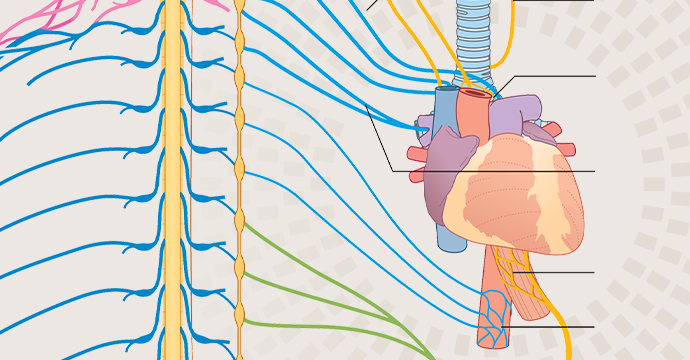
Nerve Plexuses: Somatic and Visceral
Nerve plexuses are either somatic or visceral and combine fibers from different sources or levels to form new nerves with specific targets or destinations (Fig. 1.51). Plexuses of the enteric system also generate reflex activity independent of the CNS. Fig. 1.51: Nerve Plexuses. Adapted from Drake, Mitchell & Vogl. Gray’s Anatomy for Students, 5th Ed.…
-
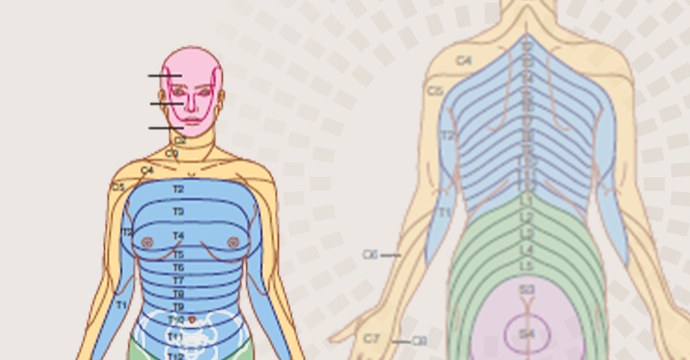
Dermatomes and Myotomes
A knowledge of dermatomes and myotomes is absolutely fundamental to carrying out a neurological examination. A typical dermatome map is shown in Fig. 1.40. Fig. 1.40: Dermatomes. (A) Anterior view. (B) Posterior view. Adapted from Drake, Mitchell & Vogl. Gray’s Anatomy for Students, 5th Ed. 2024. © Elsevier. Clinically, a dermatome is that area of…
-
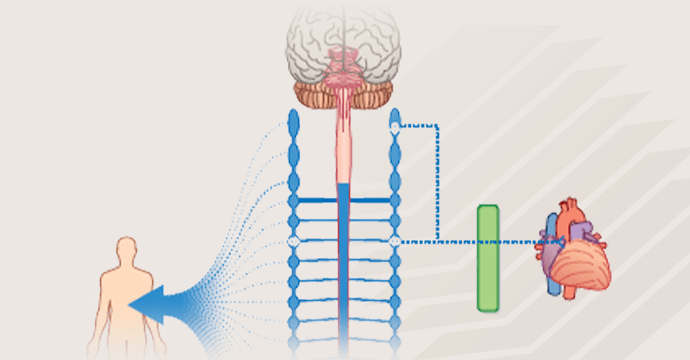
Sympathetic system
The sympathetic part of the autonomic division of the PNS leaves thoracolumbar regions of the spinal cord with the somatic components of spinal nerves T1 to L2 (Fig. 1.44). On each side, a paravertebral sympathetic trunk extends from the base of the skull to the inferior end of the vertebral column where the two trunks…
-
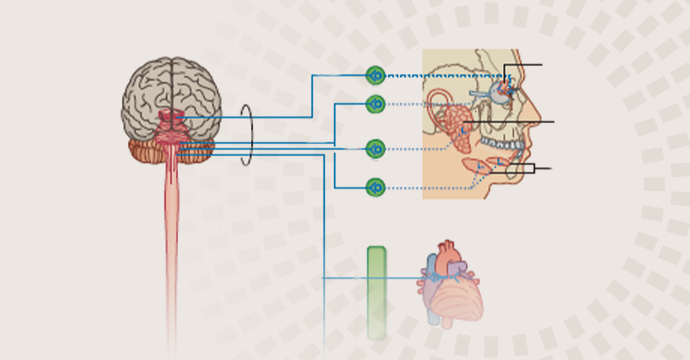
Parasympathetic system
The parasympathetic part of the autonomic division of the PNS (Fig. 1.49) leaves cranial and sacral regions of the CNS in association with: cranial nerves III, VII, IX, and X: III, VII, and IX carry parasympathetic fibers to structures within the head and neck only, whereas X (the vagus nerve) also innervates thoracic and most…
-
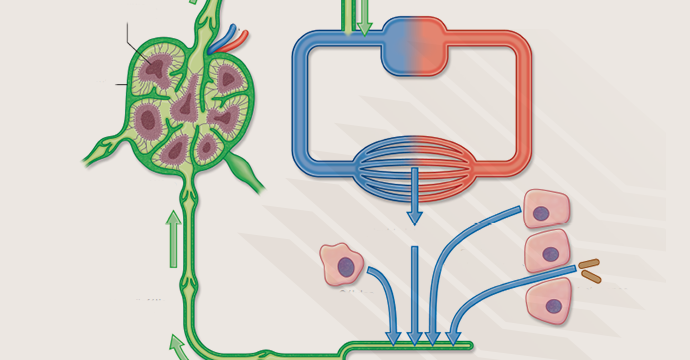
Lymphatic vessels
Lymphatic vessels form an extensive and complex interconnected network of channels, which begin as “porous” blind-ended lymphatic capillaries in tissues of the body and converge to form a number of larger vessels, which ultimately connect with large veins in the root of the neck.Lymphatic vessels mainly collect fluid lost from vascular capillary beds during nutrient…
